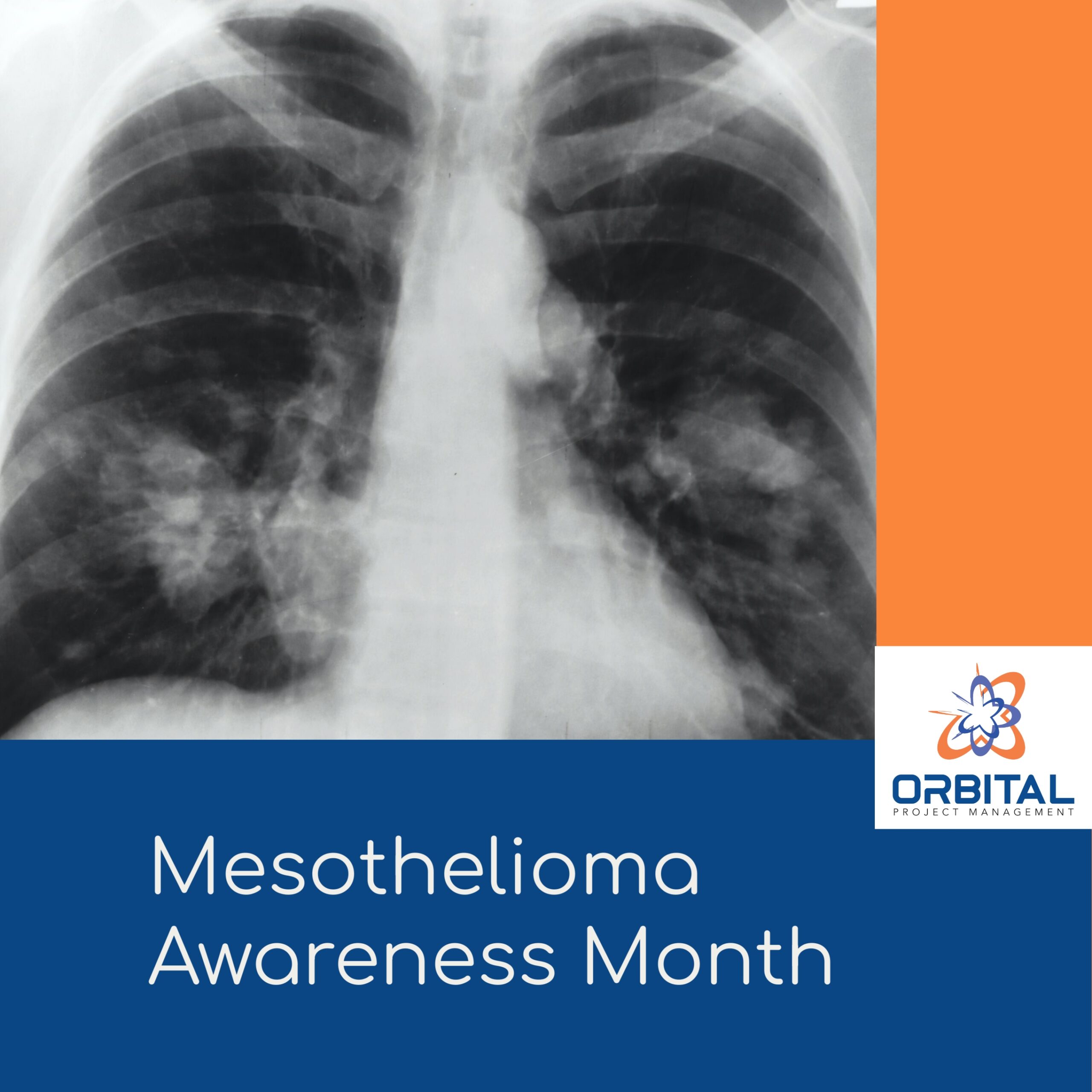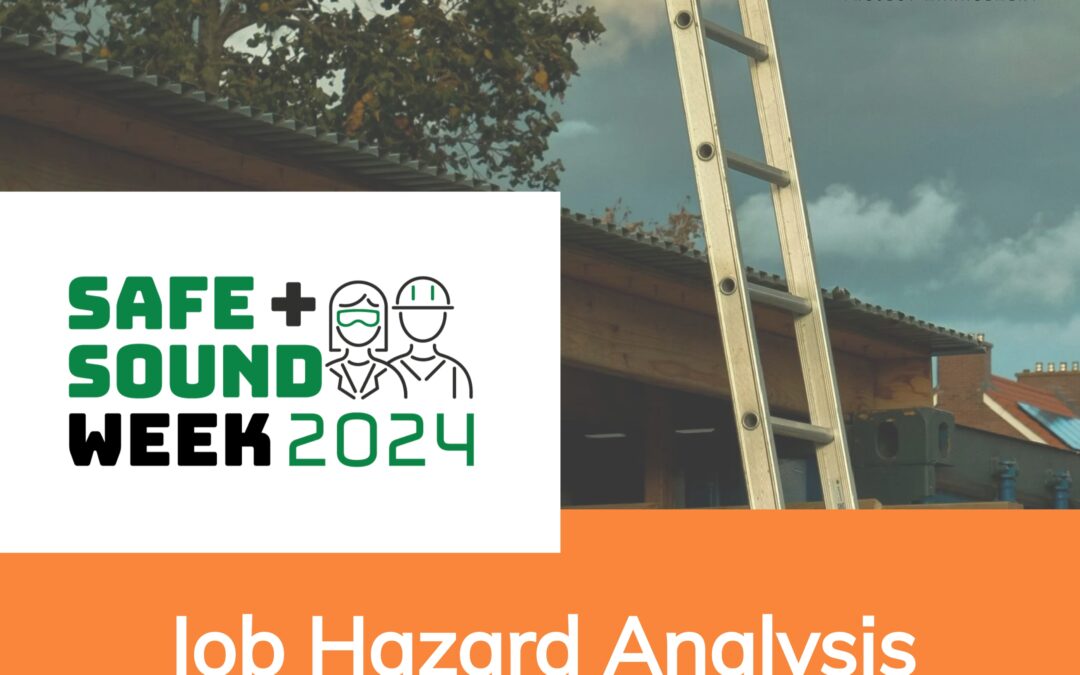In 2010 Congress established National Mesothelioma Awareness Day to fall annually on September 26th. As part of the effort to increase awareness of asbestos exposure risks and safe working methods, September is Mesothelioma Awareness Month
What is Asbestos?
Asbestos is a group of naturally-occuring minerals found in many areas of the world. It is very lightweight and has incredible insulative and fire-resistant properties. Because of these benefits, asbestos was used in countless products from building materials and fabrics to paint and brake pads.
What We Didn’t Know
When something seems too good to be true…
What we didn’t know when everyone jumped on the asbestos bandwagon was that the tiny fibers it releases when disturbed can be deadly. Asbestos fibers don’t kill their victims quickly. Instead, they are inhaled and often lodge in the lungs where the fibers create friction. This friction causes the body to develop areas of scar tissue that may become cancerous. Illness may occur decades after exposure.
Asbestos Exposure in the Home
Residential products that contain asbestos include flooring, ceiling tiles and coatings, insulation, caulking, woodburning stoves, and many other items.
While the use of asbestos in residential products ended in 1975, homes built or renovated prior to that time may contain asbestos products. Unless you have a home built after 1980, always be sure to do your research prior to removal or demolition of any area. Testing is available so that any materials that may be disturbed can be deemed safe or unsafe prior to exposing yourself and your family.
If asbestos is found in any of the materials, you must decide if there is a way to proceed without disturbing those areas or not. Should you need to have asbestos-containing products removed, ALWAYS hire a certified removal specialist to perform the work.
Asbestos Exposure in the Workplace
Workers who regularly installed or removed asbestos-containing products without the use of PPE had the greatest exposure and account for the highest incidence of mesothelioma.
Because many businesses, infrastructure buildings, and construction sites still contain asbestos materials, anyone from an office worker to a construction worker may have the potential for daily exposure in the workplace. The key is that asbestos-containing materials only pose a threat when they are disturbed.
If your desk sits under a “popcorn” ceiling or drop-in ceiling tiles, there may be asbestos overhead. However, it doesn’t become a problem until something happens like IT coming in to cut out several holes in a tile to pass cables through or Susan deciding to scrape off several spots in the “popcorn” so the holiday decorations can be taped to the ceiling.
Current Use of Asbestos
While asbestos is no longer mined in the United States, the mineral is still being used in some commercial and industrial products. It can even be imported legally from other countries in small amounts.
It is an OSHA regulation that all workers with potential asbestos exposure above the PEL (permitted exposure level) receive adequate training on identifying possible sources and contacting authorized personnel to perform sampling and testing. Proper PPE use can minimize risks associated with exposure for workers who install or remove asbestos-containing products. If an area is suspected of containing asbestos materials, work must be stopped until testing is completed.
Safe Eradication Methods
Disturbing asbestos-containing products may cause unhealthy levels of exposure. Care must be taken to prevent the release of suspended fibers until trained personnel are able to safely remove the affected materials.
The creation of an eradication zone is typically done by using plastic sheeting to enclose the area. Asbestos eradication teams must be fully trained and fitted for PPE that provides full coverage and respiratory protection. Workers are required to change in and out of PPE in a separate changing area between the work zone and the outside to remove all asbestos-exposed items and minimize the transfer of particles to the safe area.
Mesothelioma Risks
The link between asbestos exposure and mesothelioma wasn’t discovered until the 1960s. For centuries prior, no PPE was required for use with asbestos-containing products.
Persons who were frequently exposed to asbestos may develop an asbestos-related disease including mesothelioma, a form of cancer. While pleural mesothelioma affecting the lungs is the most common form, other areas of the body may be affected, including organs in the abdomen and the heart. Symptoms of lung issues related to mesothelioma mimic other diseases like asthma and COPD. Some of these symptoms include: shortness of breath, wheezing, coughing, and chest pain.
Resources Available
Websites like Mesothelioma Hub provide links to multiple resources. From asbestos history and mesothelioma disease symptoms to legal assistance, there is a wealth of information available.
How OPM Protects Workers
Our project managers receive asbestos training so they are better informed on the potential jobsite risks for the projects they manage. In addition to workplace risks, our staff will understand how exposure in their own homes is possible. Their health and safety are our top priority.
Want to Know Other Ways to Stay Safe?
Get our monthly newsletter, The Nucleus, delivered right to your inbox.






